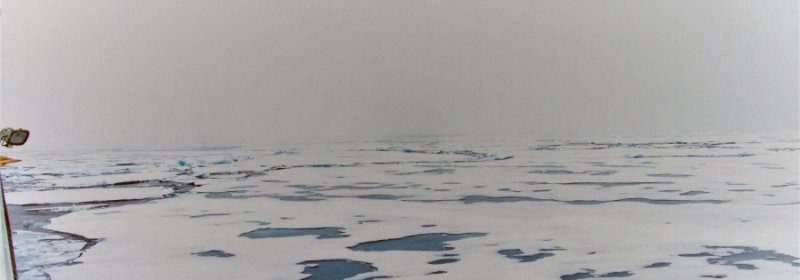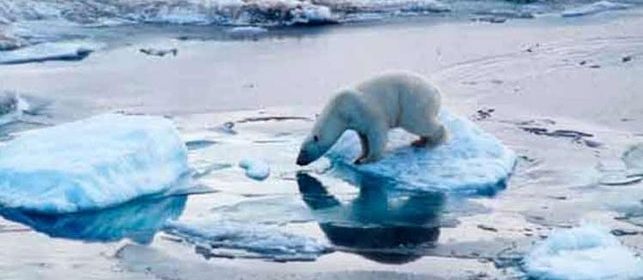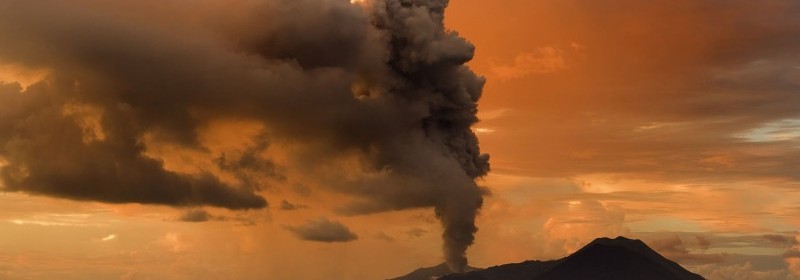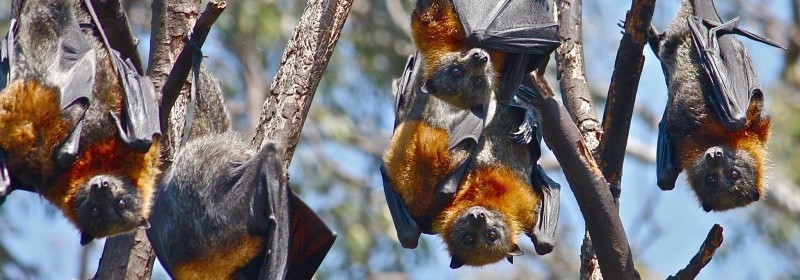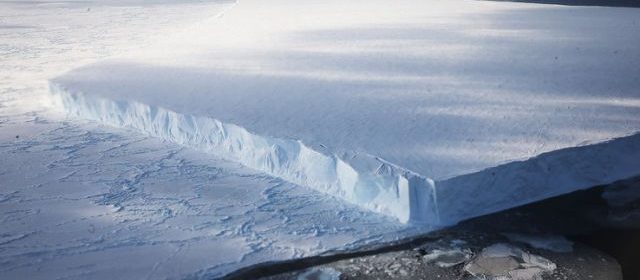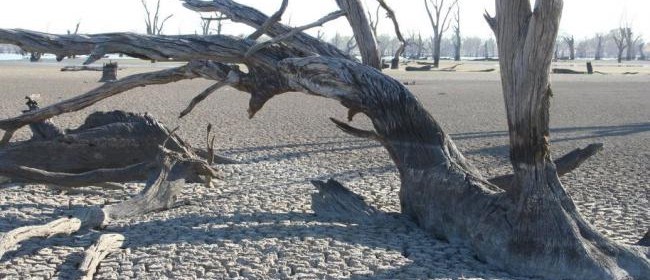Climate Change – Extinction on the Rise

A report from the United Nations has stated that the ecosystem is in risk of extinction due to what the humans are doing to the planet. Climate Change is causing the earth to warm up to where the plants and animals will not be able to survive. From Africa to the rain forests of South America plant and animal life […]
Read more
